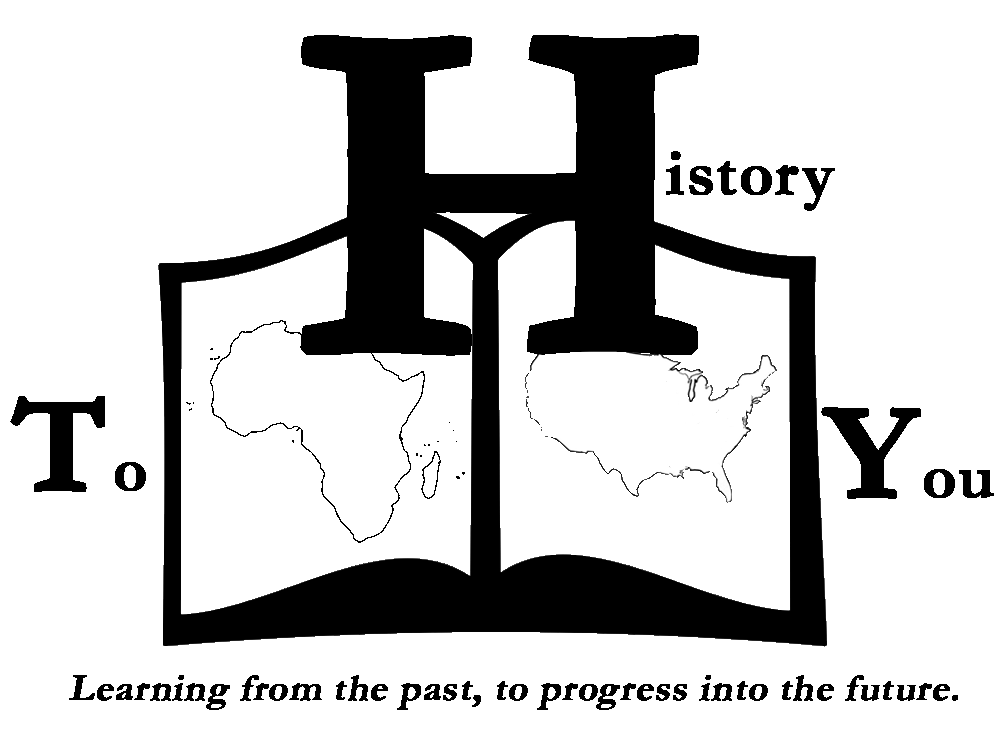
Courses/Lectures
Each of the 34 courses available can be enrolled in individually, or in packages. Each course is an approximately 1-hour session that consists of the opportunity for the students to interact with the associated artifacts, and a discussion exercise tailored for your specific class in accordance with your teacher's curriculum/recommendations. If the Course List below doesn’t fit your needs, we can work together to develop the presentation you desire – from control of the discussion topics to selection of items to be presented.
Tools of the Slave
Slaves performed a wide variety of tasks while in bondage, depending upon the size of the plantation and number of slaves there. From picking cotton to harvesting sugar, rice, tobacco, and tending to farm animals there were many different jobs ‘in the field’ – while there were also slaves that served as cooks, washerwomen, blacksmiths, carpenters, chauffeurs, handmaids and butlers – amonst other “specialized” jobs. The History to You collection contains several examples of tools used in the fields and plantations of the 19th century in the South.
Artifacts: 19th Century Machete, Water Yoke, Cotton Scale, Washerboard, Four (4) wool/cotton cards, iron, hammer, shoe-lasting blacksmith tool, other relevant items including excerpts from slave biographies




1870s Harpers Weekly Print, "The Washerwoman" - Both as a slave and in the decades following the Civil War, the role of the washerwoman was an important one. This involved washing, drying, and ironing the master/patron's clothing, in addition to providing repairs to holes, tears, etc. During the Civil War, newly freed woman would serve as washerwomen for the Union Army, earning wages for their labors - leading to many women opening their own laundry businesses in the post-Civil War South.
19th Century Tool for Creating Shoe Soles - Slaves trained as blacksmiths were highly valued for their skills by their owners. In some instances, depending upon the slave's owner, a slave blacksmith could make extra money providing his services to individuals other than his owner - usually in exchange for splitting the earning with that owner. The tool seen here was utilized in the making of shoes - where the spike portion could be held in place, and the sole of the shoe formed around the top mold.
